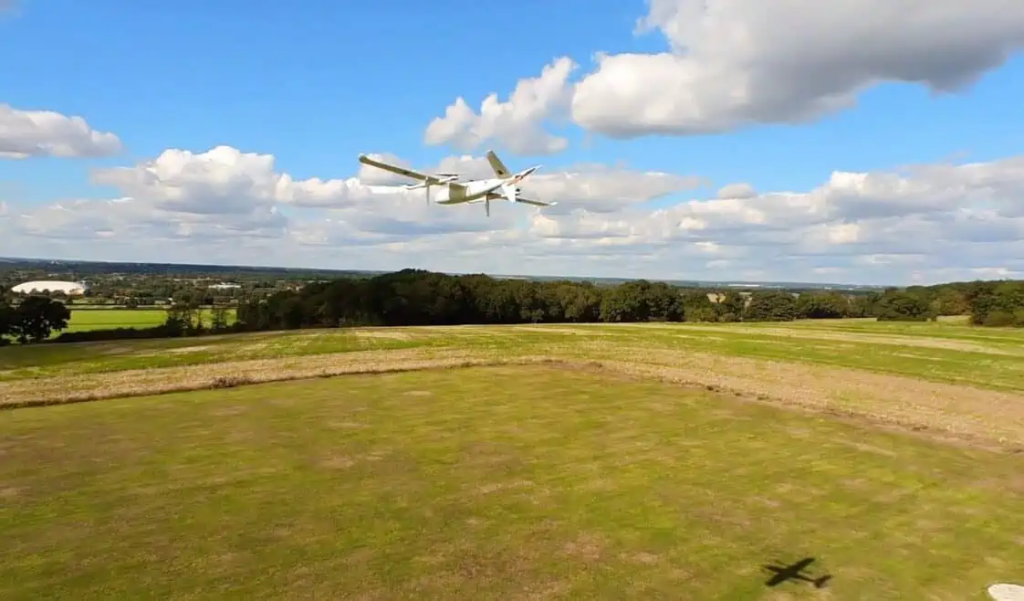Dronecloud are one of the key partners in the UKRI Future Flight Challenge Project BLUEPRINT, delivering Operational Management and UAS Traffic Management services through the Dronecloud Platform.
In a major step towards realising the multi-billion-pound potential of drone technology in the UK, Project BLUEPRINT, a consortium of UK innovators, has unveiled its ambitious plans to integrate drones and crewed aircraft into the same airspace.

Drones have long faced challenges in terms of safety, privacy, and security concerns, resulting in regulators being risk averse in approving their widespread use. However, the UK’s aviation regulator, the Civil Aviation Authority (CAA), has been instrumental in bringing drone technology closer to becoming a reality with the introduction of temporary reserved areas (TRAs), or “Drone Zones.”
Traditionally, drones have been restricted to flying in closed-off or ‘segregated’ volumes of airspace to ensure the safety of other airspace users. However, the new policy concept introduced by the CAA and realised through Project BLUEPRINT aims to develop a roadmap for areas of airspace where drones and other aircraft can safely share the skies, paving the way for widespread commercial adoption and exploitation.
Project BLUEPRINT is aligned with the goals of the Future of Flight Industry Group and funded by UK Research & Innovation’s (UKRI’s) Future Flight Challenge, a £300 million program aimed at boosting innovations in the UK aviation sector. The consortium consists of over 10 partner companies, including two leading aerospace universities (Cranfield and Southampton), two UAS traffic management providers (Dronecloud and ANRA Technologies), Cranfield Airport, two avionics and platform manufacturers (Distributed Avionics and Sky-Drones), a drone operator (Future Aerial Innovations), and Ebeni, one of the UK’s leading aviation safety consultancies.
Project trials are set to demonstrate how drones and crewed aircraft can safely operate in the same airspace without requiring a drone pilot to spot aircraft. James Dunthorne, project lead and CEO of Neuron Innovations, a low-altitude aircraft tracking company, said, “We are excited to share our consortium plans and strategy with all industry so that these new policy concepts can help us all to prove drones and aircraft can co-exist in the same airspace without adding safety risks.”
The successful implementation of this project will not only enable the UK to roll out commercial drone use cases at scale but also serve as a model for other countries to follow, further solidifying the UK’s position as a leader in regulatory innovation and aviation.
“With the launch of this new policy concept, the CAA is developing its understanding of shared airspace. By working with industry to ensure a safe and scalable approach, it can put the UK in a leading position to be a world leader in drone technology. Projects such as BLUEPRINT offer a way to gather the evidence needed to do this“
Representative from the CAA
Project BLUEPRINT is poised to transform the UK’s airspace and revolutionise the way drones are integrated into daily life. By 2024, the UK is expected to witness the widespread national rollout of drone zones, making it an integral part of various industries and applications. The project’s success will serve as a blueprint for other countries to follow and strengthen the UK’s position as a global leader in aviation and regulatory innovation.
